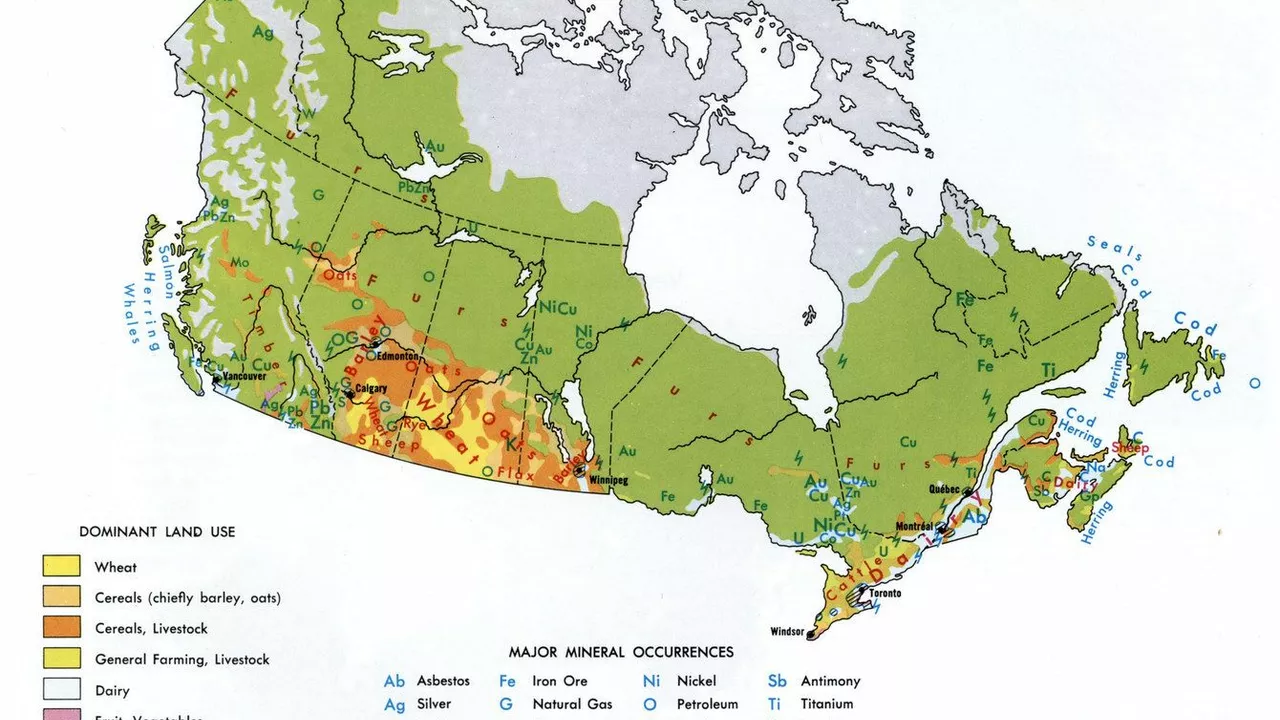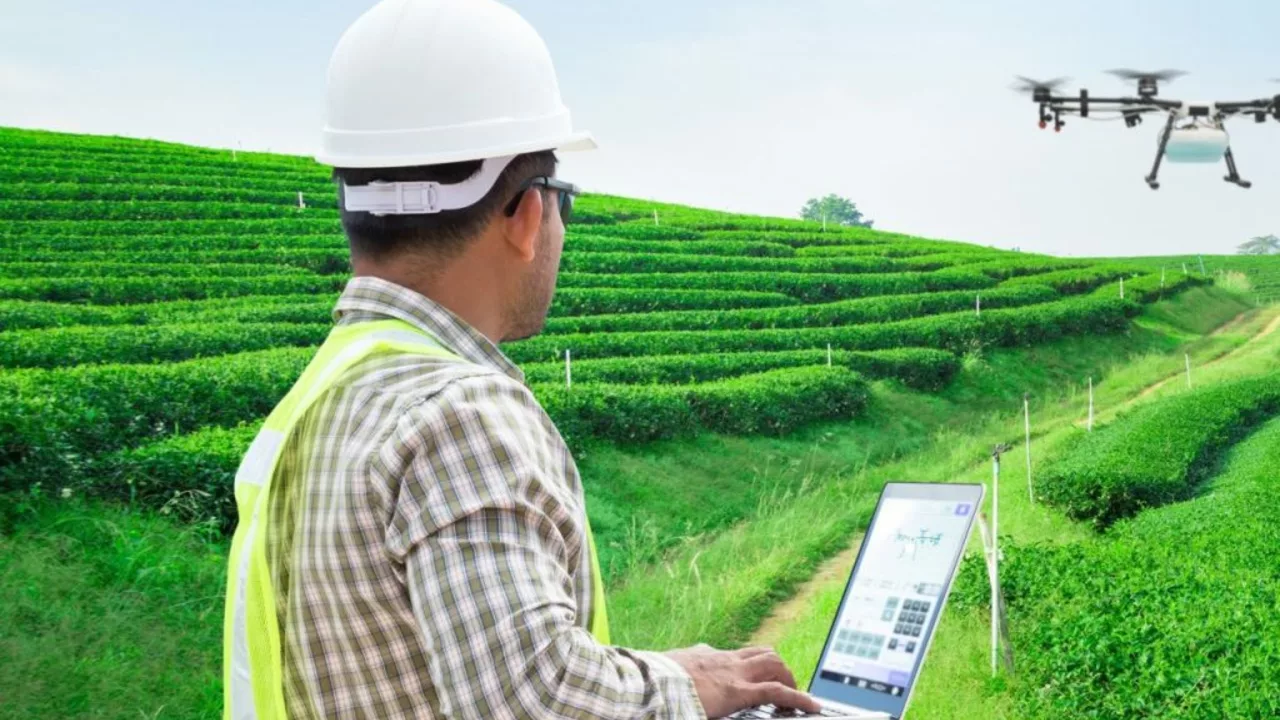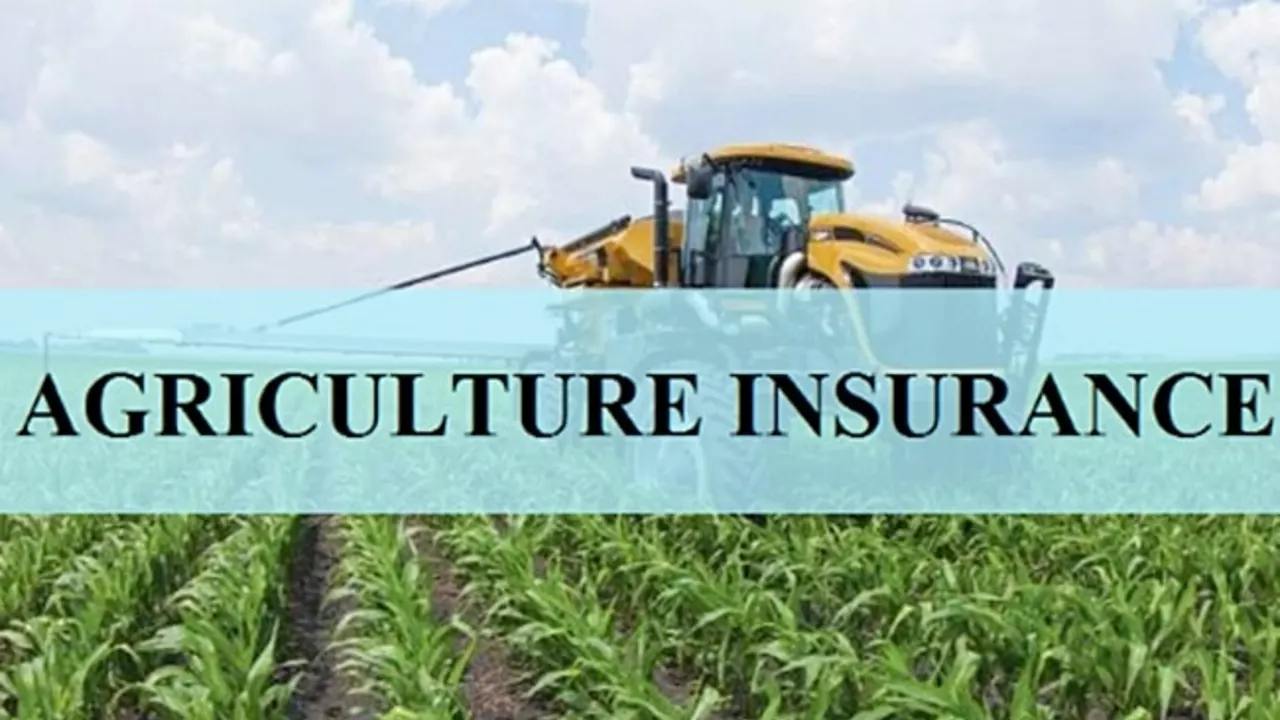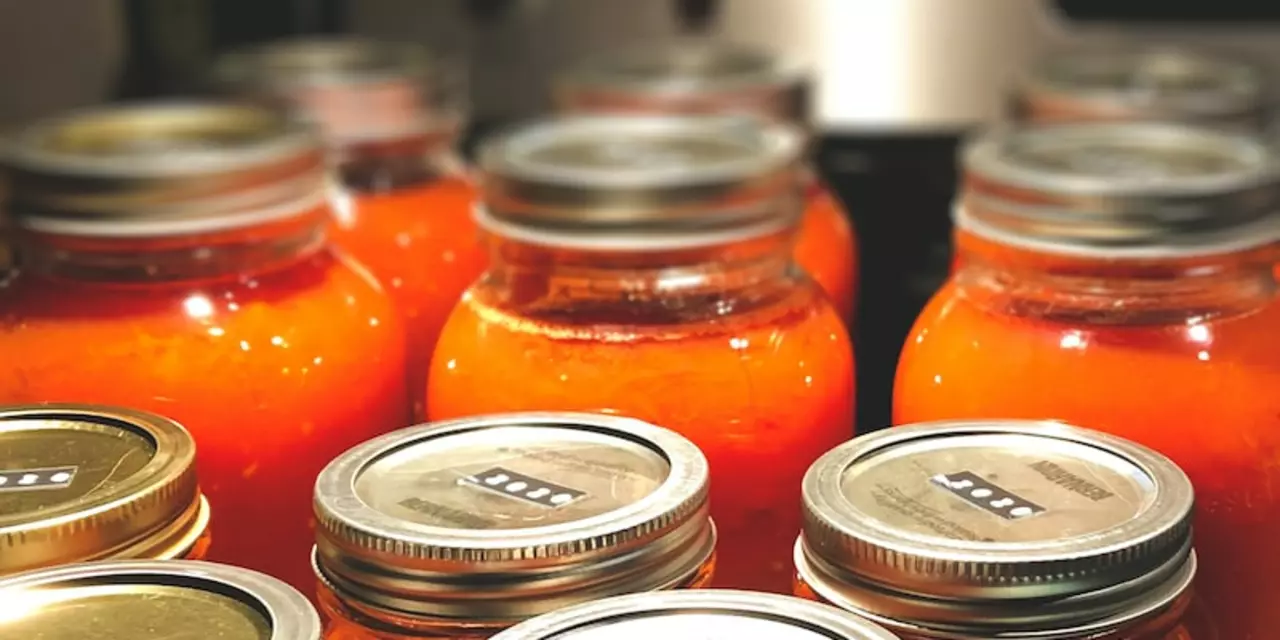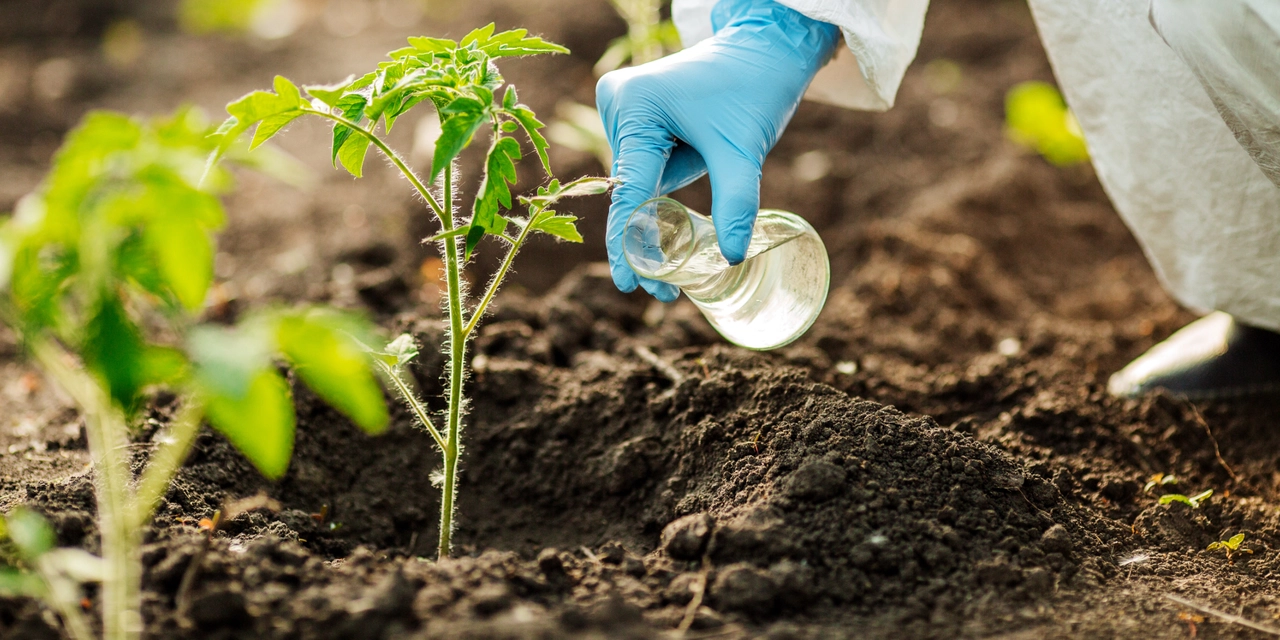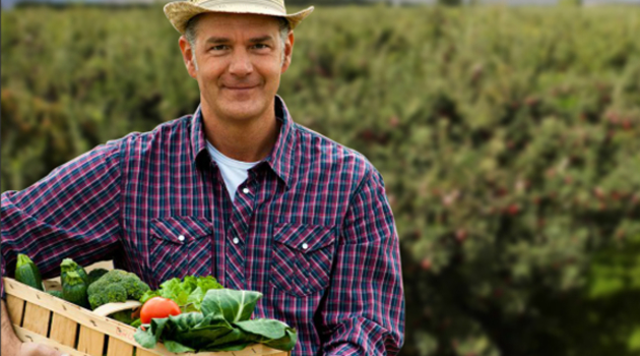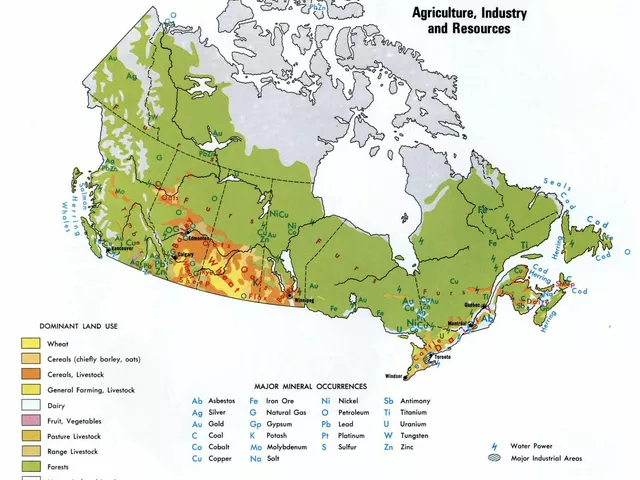Tag: agriculture
Alden Thorneberry, Jul, 29 2023
What percent of the US land is used for agriculture?
Well, buckle up, folks, because we're diving into the land of endless fields and mooing cows - yes, we're talking about agriculture in the good old USA! You'd be amazed, but nearly 40% of the total US land is used for farming, that's right! Imagine, it's like taking four out of every ten backyards and turning them into a cornfield, a wheat field, or a cow pasture. So, next time you're munching on that juicy burger or buttery corn on the cob, remember, it might just come from your neighbor's "backyard"! Now, isn’t that a fascinating bite of knowledge to chew on?
View MoreAlden Thorneberry, Jul, 23 2023
What is the disadvantage of a computer in agriculture?
While computers have revolutionized many aspects of agriculture, they are not without drawbacks. For starters, they can be expensive and complicated to operate, especially for small-scale farmers or those in developing regions. There's also a risk of over-reliance on technology, potentially leading to a loss of traditional farming knowledge and skills. Additionally, the use of computers in agriculture raises concerns about data privacy and security. Lastly, technical issues and breakdowns can disrupt farming operations, causing significant losses.
View MoreAlden Thorneberry, Jul, 19 2023
Is it necessary to depend on government for agriculture?
In my exploration of whether it's necessary to depend on government for agriculture, I've found that government plays a critical role in providing essential support and resources. They offer guidance and implement policies that ensure food safety and sustainable farming practices. Additionally, government subsidies often help farmers manage the risks of unpredictable weather and market prices. However, over-reliance may stifle innovation and entrepreneurship in the sector. Hence, a balanced approach seems best, where the government and private sector work hand in hand.
View MoreAlden Thorneberry, Mar, 15 2023
How does the United States have food security?
The United States has a robust system of food security to ensure that all citizens are able to access sufficient, safe, and nutritious food. This system includes a variety of strategies, such as food assistance programs, food production and distribution systems, and market-based approaches to ensure that all Americans have access to a dependable and affordable food supply. Additionally, the government has implemented regulations and policies to promote the sustainability of the food system and to ensure that all Americans have access to a safe and nutritious diet. This comprehensive system of food security ensures that all Americans have access to the food that they need to lead healthy and productive lives.
View MoreAlden Thorneberry, Feb, 21 2023
What is meant by leaching in agriculture?
Leaching in agriculture is the process of removing nutrients from the soil by water. It happens when water from rain and irrigation flows through the soil and carries away the nutrients, such as nitrates, phosphates and potassium, which are essential for plant growth. Leaching can be beneficial in some cases, such as when removing excess nitrates from the soil, but it can also be detrimental, as it can result in nutrient deficiencies in the soil and reduce crop yields. Therefore, farmers need to carefully manage their irrigation and fertilization practices to ensure that leaching is minimized.
View MoreAlden Thorneberry, Feb, 6 2023
How to utilize the agriculture industry email lists?
The agriculture industry email lists are a great asset for businesses and organizations to leverage. This article outlines how to use the lists effectively. Firstly, it suggests to segment the lists based on the user's target market. Secondly, it suggests sending emails to the list in order to generate interest and build relationships. Thirdly, it recommends using email campaigns to launch new products or services and to reinforce existing relationships. Finally, it suggests tracking the results of the emails to identify which strategies are working best. With careful management, the agriculture industry email lists can be a powerful tool for businesses and organizations.
View More